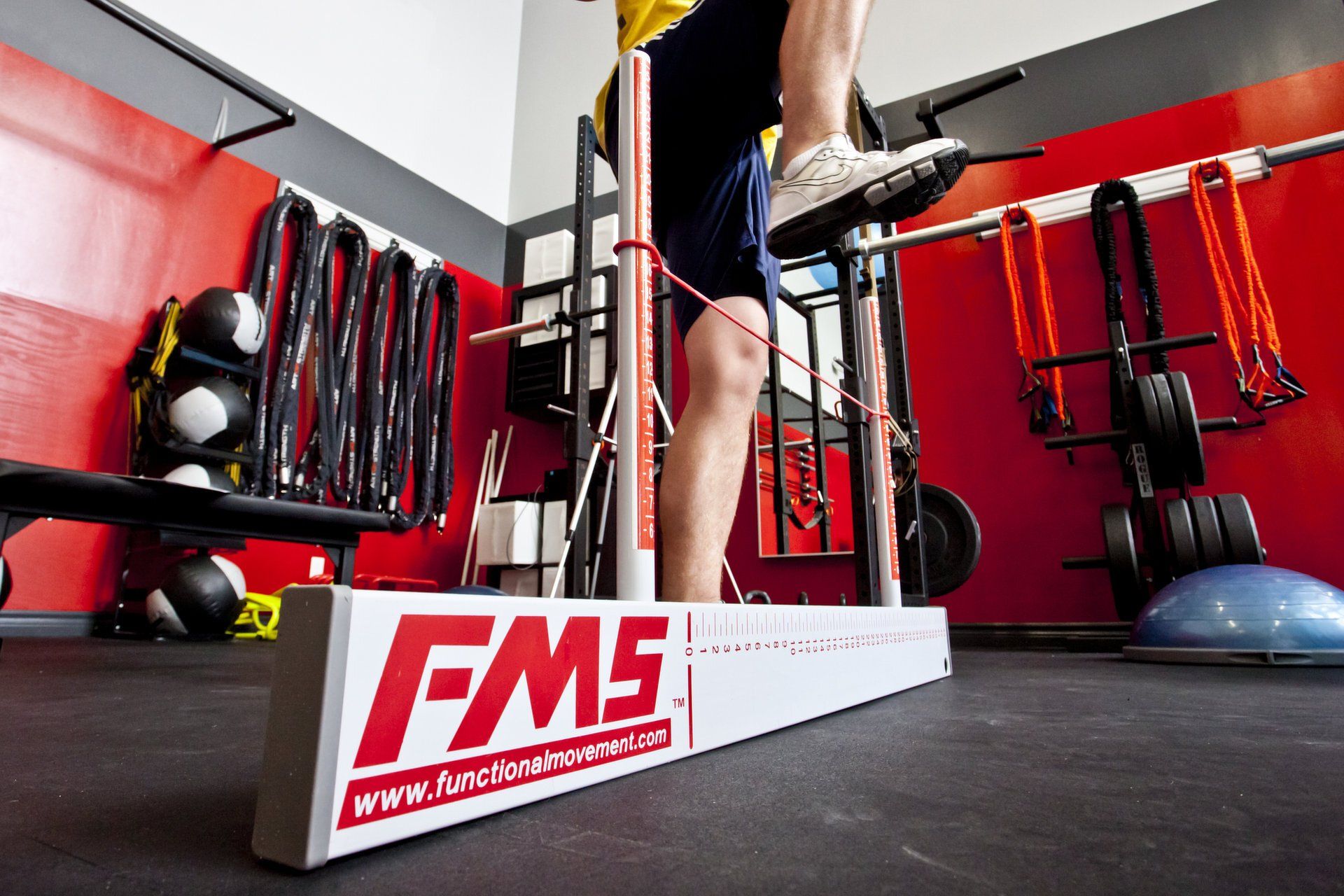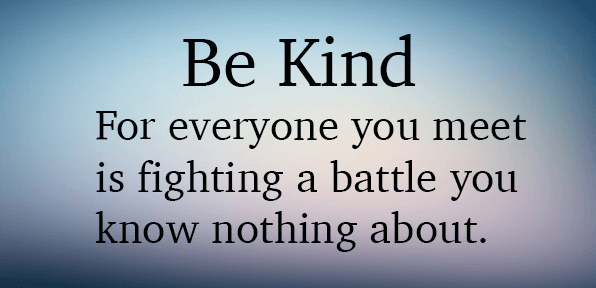BE ABOUT IT

A lot of you know what the FMS (Functional Movement Screen) is and odds are that many of you have been taken through the screen, if you don’t know or haven’t been through it get in touch with one of us to set up some time to do so. Recently one of the creators of the FMS released a couple of videos that covered a lot of different areas but one in particular that I found reached further than what was talked about in the video was breathing. Breathing is an essential part of our life, if we don’t do it or if we can’t do it then, well, we die.
Our bodies are pretty amazing pieces of equipment, if everything is built properly and there are no other issues getting in the way of it’s proper functions and processes then it is pretty remarkable at keeping itself relatively safe. The body has many different built in mechanisms to protect itself from being harmed or damaged. Touch something hot and you instantly pull your hand away, if you trip on something (hopefully) you react quick enough to catch your balance and don’t fall on your face, look at something really bright (the sun) and you squint and look away, and so on. Breathing can be looked at as a similar response to a stimulus, but, in many cases it takes a little more thought and conscious effort to recognize.
I know that in classes or while working with clients I have mentioned “Take it to a point that is comfortable and tolerable, don’t overdue it and force yourself into a position” usually in reference to a particular stretch. You should never force yourself into a position during a stretch or movement pattern that either creates pain, or that you cannot comfortably breath in. A couple quotes by Gray Cook in the video mentioned above are “If you can’t breathe in that position, you can’t survived in that position” and “If breathing is good then usually movement integrity is good”.

What does that mean? The first is pretty straight forward, if you’re getting into a position that you can’t breath in, then that is your bodies way of saying “Hey, this isn’t right, we shouldn’t be here, we need to get out of this position”. There may be many factors that lead to this situation and it may be different for each person but the result is the same, if you can’t breath in a position you can’t survive in that position therefore you should not be in that position. Take that position to the range that you can still breath comfortably and stay there, work with the breath you may be able to get further but not unless you can breath. Secondly, if breathing is good then good movement usually follows, once the breath breaks or becomes interrupted then the movement suffers. Ultimately we are searching for both, good breathing and good movement. If you’re performing a deadlift and your breathing is off or you are holding your breath then odds are that your form is going to suffer, when our form suffers we get injured. Remember try to connect your breath to the movement, and connect the movement to your breath.
Next time you are in a class, at home stretching, or something else think about your movements. Do you feel pain? If something is painful (with the exception of Trigger Point) then either a. you are going too far and need to back off or b. there may be an issue that needs to be looked at and addressed. Pain is bad, but it’s also good if you respect it because it helps keep us safe and within our limits. Can you breath? If you can’t breath comfortably in a position then you shouldn’t be there because you can’t survive there. Recognize and respect what your body is telling you, in some ways it’s smarter than you are.


